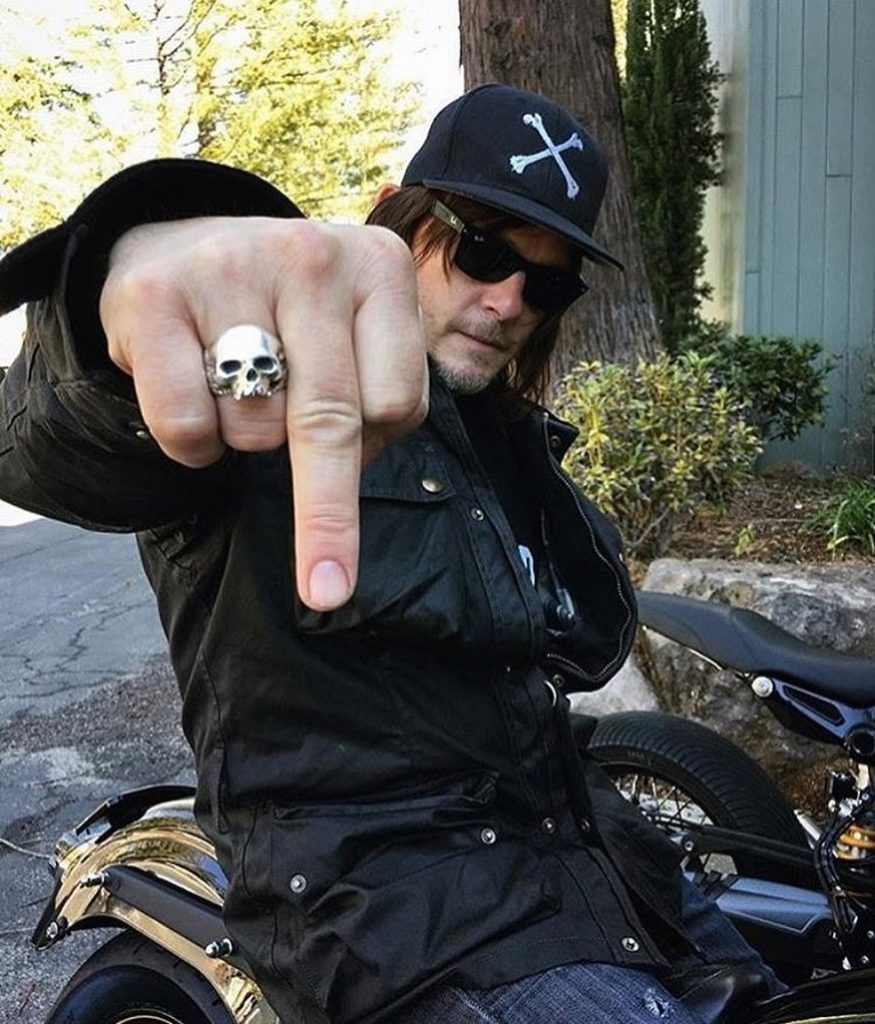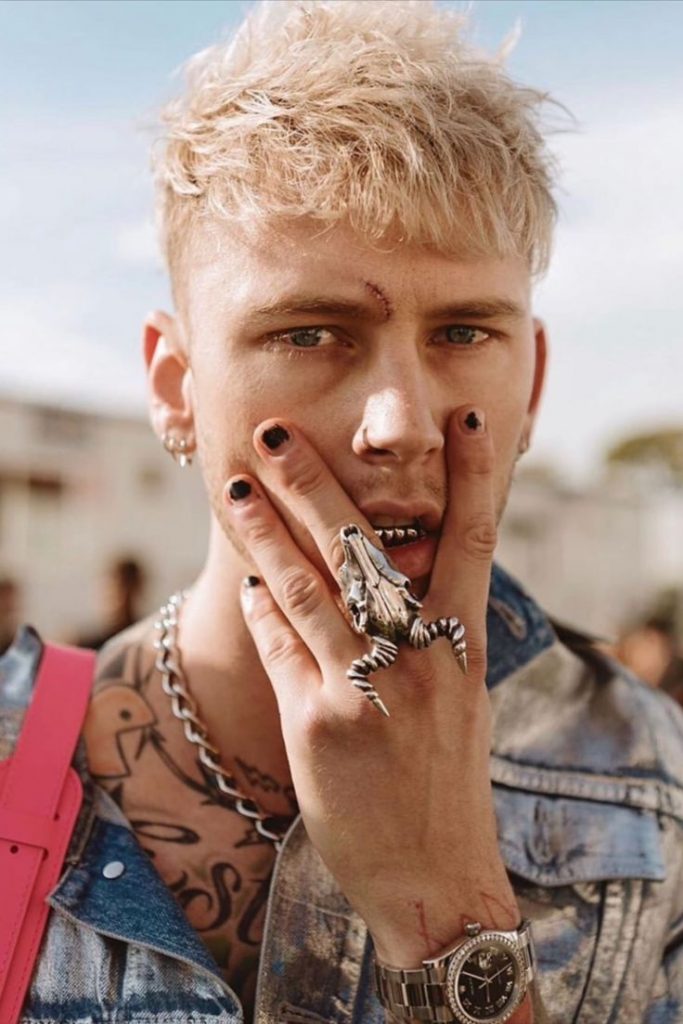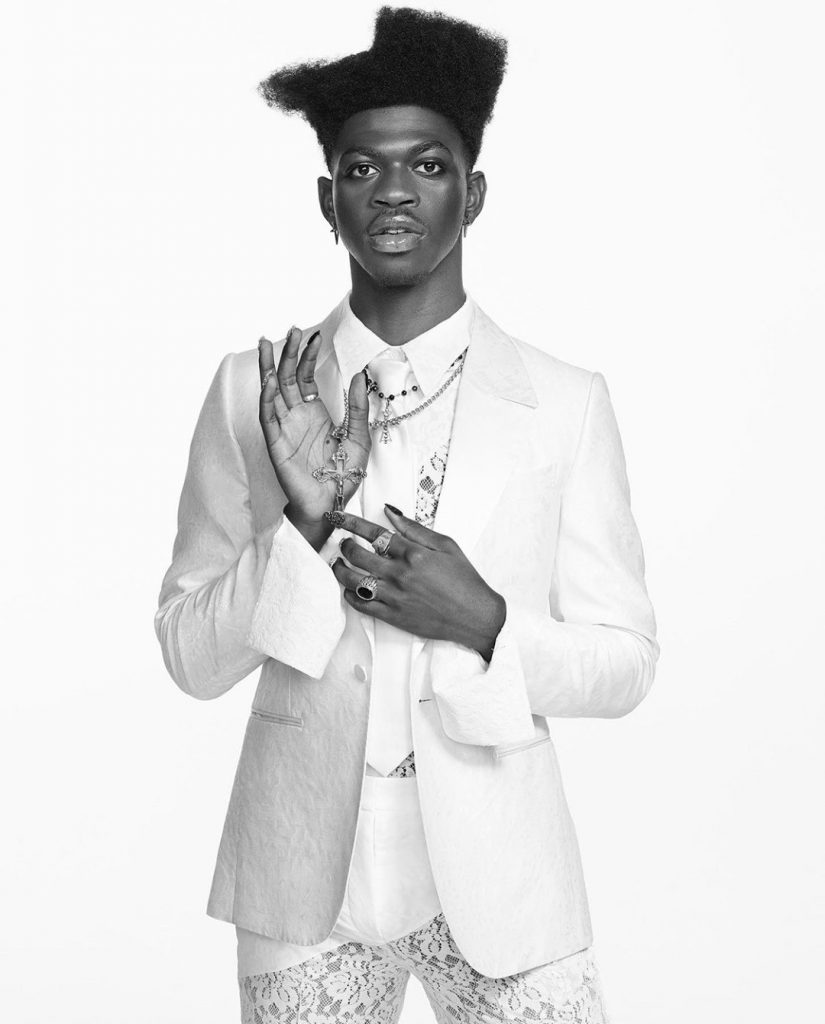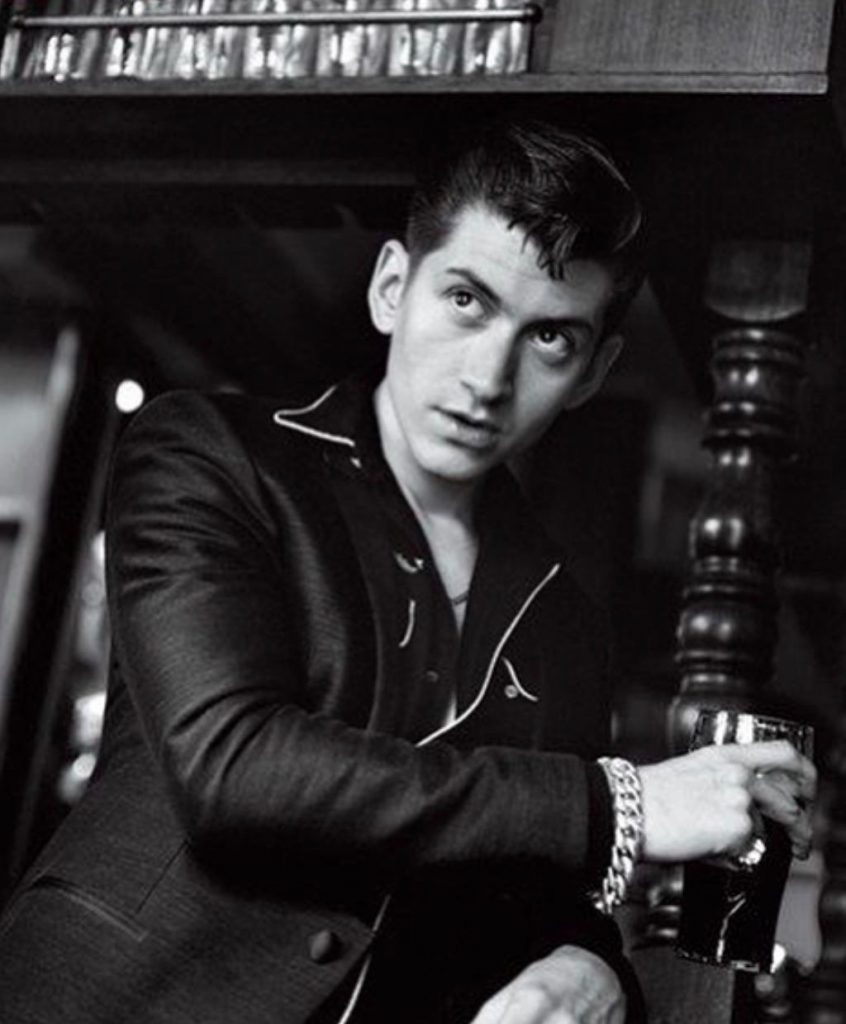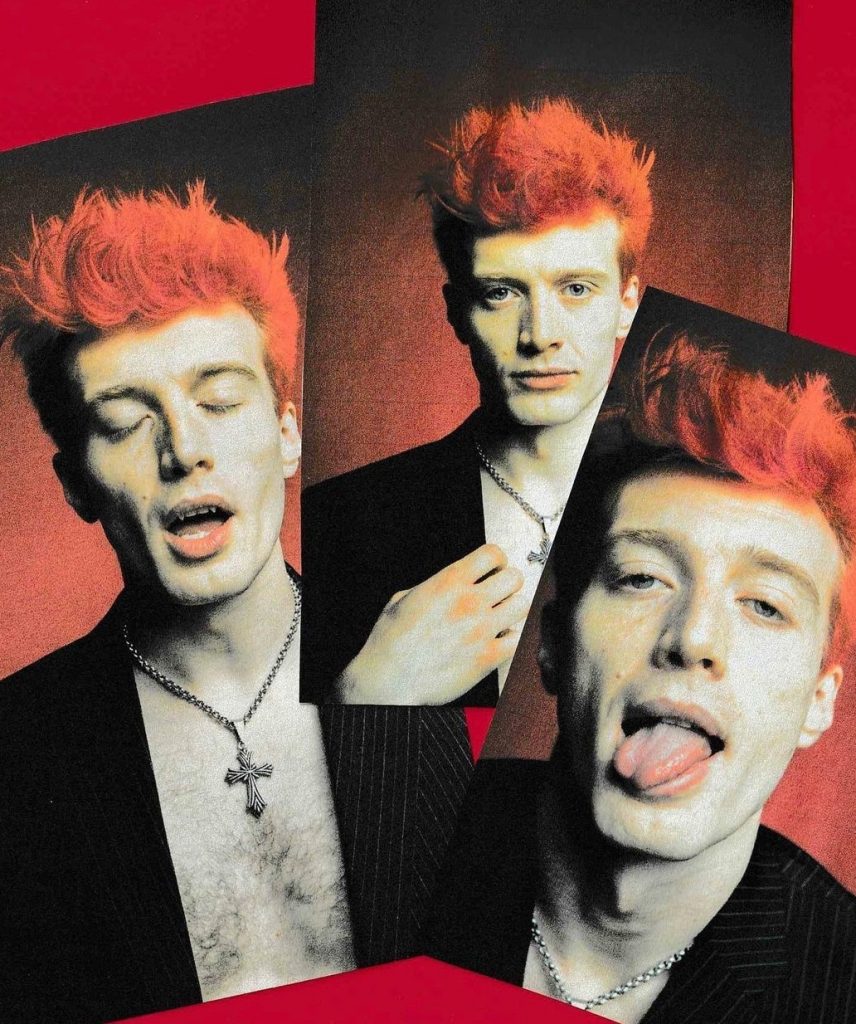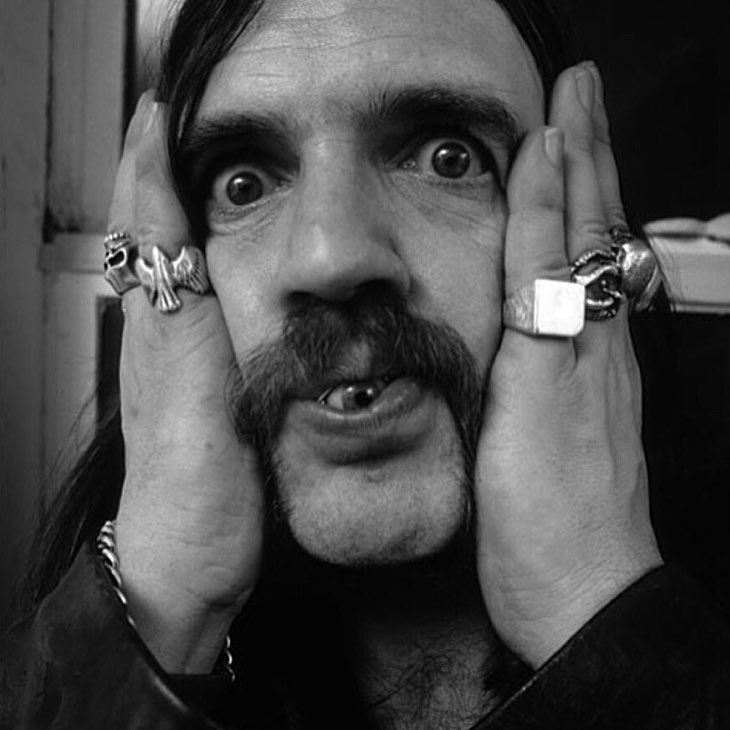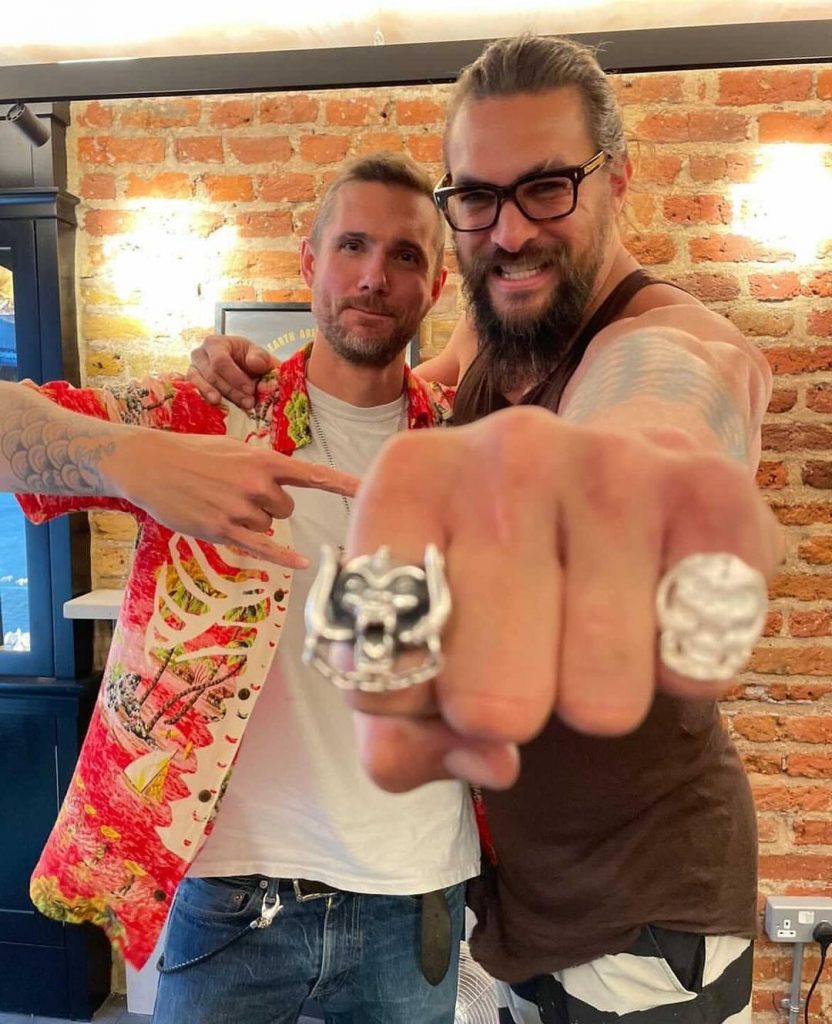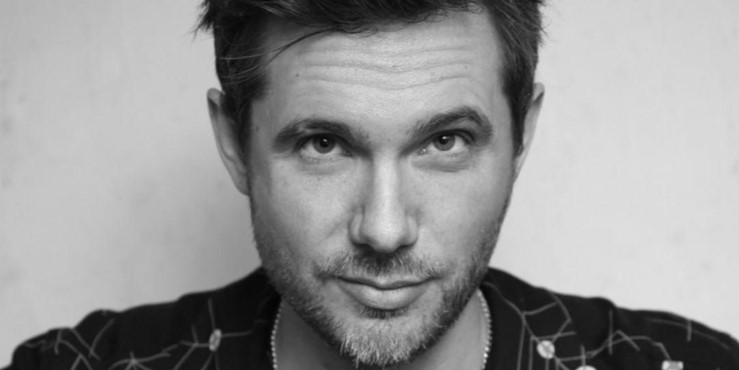An interview with designer Reino Lehtonen-Riley, owner of cult jewellery brand The Great Frog talks heritage, taking over the family business and what makes a modern Rockstar.
CG Cutler and Gross
RLR Reino Lehtonen-Riley
CG Your parents started The Great Frog in 1969. When you took over in 2002, what was your vision for the brand?
RLR Well, when I came back it wasn’t a different vision at all, I’d finished university [studying product design and industrial engineering] and I wasn’t interested in the business because I always just saw it as taking up my mum and dad’s time and it never really seemed to have success, it was always quite divisive for me.
When I left university, I realised just how competitive my chosen area of study was. There were thousands of people applying for one job. I decided to take what’s left of my student loan and go travelling. I’ve got family in New Zealand, and went to Australia and sort of bummed around for a while, taking a few jobs here and there, mostly working in retail. I soon ran out money. So I plastered the whole of the city with CV’s and the only place that got back to me was Armani – right in Sydney’s Central Business District.
Landing that job got me thinking about branding and how retail worked, I thought about how The Great Frog could be turned into a brand and not so reliant on people walking in off the street. Then my Dad called and said the business was in trouble and he could use my help. I was in two minds, but ended up coming back to England. There was no vision for what I wanted to do, I just didn’t want to be the bosses son and tell everyone what to do and have everyone to hate me. I came straight in and just sat at the bench making jewellery. I could see there was massive flaws in how the business was running, it wasn’t really a business, it was a place where in the evenings it would be my dad’s hangout and if you made a couple hundred quid that day, that would get a few beers in.
I thought it deserved more than that and I wanted more than that. I felt like we had a great following, I just didn’t think the product was good enough. I think we needed to perfect that. We needed to change.
CG Was there anything you knew had to remain the same to retain the legacy your parents created?
RLR There’s loads that we still sell and we’ve got this incredible archive, I guess a lot like Cutler and Gross, having this huge back catalogue that you can dip into and reintroduce when the time is right. There’s stuff that’s been started, put in box somewhere and never quite finished, I think it’s always evolving, when you’re making the jewellery and you’re spending hours and hours on it, producing pieces and polishing, you start to look at pieces and you’re like that’s been bugging me, I’ve been making that for years, it could be changed, it could be made better, it’s always a pursuit of, not perfection but just the engineering side of things and making things better. Sometimes these evolutions take years, some of the classic stuff we’ve done, certain skulls, that we’re known for, they’ve changed massively, from the 70s to now, but as it’s over such a long period, with tiny tweaks along the way, almost like erosion in reverse.
CG Who do you admire most, can be another brand or person, for their mastery of a skill or craft?
RLR I love the history of Cartier and some of the French jewellery houses, I’ve always admired the production side of it and the scale. The classic stuff, Boucheron, Cartier, Renee Lalique, the technical side is so impressive. When I was designing our workshops I was looking at Cartier photos from the late 1800s and looking at their set ups, those are obviously luminaries which I aspire to even if we are in a completely different iconography, I still feel like we put in the same technical ability and the same skill, and the same training as these billion pound heritage conglomerates. Nowadays, with social media, you get to see incredible work; people showcasing their work. I used to think I was pretty niche and had this quite unique style and I was pretty good at wax carving, if there’s one thing I’m good at in this world, it’s wax carving, and now I see people who have been doing it for couple of years and are incredible, and they’re a young kid from Seoul, who’s 14 and learned how to do it on YouTube, and like… f*ck, you’re amazing, what do I do now?
There’s a guy I love whom I love, who’s style is pretty similar to mine, based in the Philippines, Dante who does Lucky Monkey 13, he sells in a lot of similar places as such like Dover Street Market, I just love the freeness of his stuff, it’s sort of rough in some respects, a little like what I was doing a long time ago but now I feel like I have to have it a lot more polished. I do love the freedom he has in design, however, as we created a structure here meaning we can’t go back to that, even though I’d love to and miss it. There’s also a guy called Castro Smith, who is f*cking incredible as well. He trained in Japan and did traditional wax carving techniques and turned it on its head with his unique graphic take on design.
The heritage of the brand is everything, it encourages trust in a brand, if you’ve been around for 50 years, you’re probably doing something right.
Reino Leighton-Riley
CG The carving/ making process is centuries old, how does one scale up such a traditional process to meet the demands of a global brand?
RLR I wish you could tell me, I wish I had than answer, because that’s what we’re finding difficult, to get to that next stage. We’ve got a great following, great business model, great people, which is incredible, but we could sell 20 times what we currently sell but we just can’t, we just can’t produce it in time. It’s very labour intensive, just me carving the original pieces can take hundreds of hours, now I’m using digital stuff to scan in a lot of our archive designs, but I still feel it doesn’t have quite the same touch of the human hand, and I don’t think that can be replicated. I don’t know how we’re gonna get to that position where we do scale up, we’re just about managing where we are now, it’s important for me to be made in England, it’s important to employ people in this country, not just facelessly farm it out somewhere else. So the scaling up, the way I see it is just getting more space, employing more jewellers, training people and I will have to get some help at some point and relinquish some sort of responsibility, which I can’t do yet, I’m not very good at it.
CG What was the thought process behind the hyper realistic eyeball line? With the prosthetist from the London Eye Hospital, was it important that they were eerily lifelike?
RLR Now they’re made by a company called Cantor & Nissel, they make prosthesis and coloured lenses. I don’t know the exact origin of the original eyes, I should’ve called my Dad and he would no doubt have given me some bullshit answer, I am sure though that the first one was made with a Victorian glass eye a customer brought in back in the day, and I remember my mum having one, like a real glass eye and putting it in a ring, and then it kind of caught on. It was then a case of where does one find false eyeballs… an eye hospital? Before Google it was a very literal and practical way of thinking. For many years it was one old lady painstakingly hand-painting each one with a paintbrush with a single hair on it. Now it’s Perspex as glass is too fragile [at this point Reino hands me one of his Perspex eyeballs, the detail is astounding up close].
CG What does heritage mean to you? How do you approach looking back whilst also moving the brand forward?
RLR I do look back at our archive, in today’s society, everything cycles so quickly, whereas in the past, from what I saw it would be every 10 years that the next fashion would roll around, but now it’s so fast, it’s y2k and it’s this and it’s that and everyone is taking references from everywhere, there’s so many sources, so much information. I take inspiration from, well, take this building for instance, it used to be filled with junk, well, not junk, all this amazing stuff, that’s been in here for 50 years, I couldn’t throw it out, I’m a massive hoarder, it’s all been moved to our place outside of London. I go through it often, some of it’s amazing, historical stuff, magazine from the 70s and 80s and people wearing our jewellery, or there’ll be a hand drawn poster or business card idea and I’m really influenced by that kind of stuff and then looking at album cover artwork, now we’re working with loads of bands, like we always have done, we’re working with The Rolling Stones at the minute, Black Sabbath, and the research for designing for them, you get so immersed, you realise how relevant it is now, and just how cyclical it all is. The heritage of the brand is everything, it really encourages trust in a brand, if you’ve been around for 50 years, you’re probably doing something right.
CG Do you have a favourite? Archive, past or present?
RLR I get asked this a lot and it’s always my latest piece. I always feel like I’m learning, I feel like I’m getting better in every piece I make, it’s such a rewarding skill set and it’s why people do it. I could be doing this when I’m 80. There’s always something new to learn, a new trick, a process, at the moment I’ve been doing this [Reino then pulls out a piece he’s been working on, it’s an unfinished Rolling Stones oxidised silver piece, with the famous tongue acting as wonderfully complex yet simple clasp] coming up with weird little ideas that may or may not work, drawing it up, making it in wax, tweaking it and it coming to fruition.
CG Rock ‘n’ roll is a very different beast in 2022 , what do you think makes a modern Rockstar? Has the mould changed?
RLR I have this discussion with people quite a lot, look at the big stadium bands that are going now, that are like huge , massive following, fills stadiums, massive tours, the stones, Metallica, sabbath. all those huge bands, those guys are in their late 70s. They’re not gonna live forever, who’s gonna step into that vacuum and replace them? I don’t know that there is that “traditional rock group” anymore. Arctic Monkey’s, perhaps? They’re good friends of mine, they’re great and they have a huge presence. Will they still be filling Wembley in 40 years time? I think they’re amazing, so who knows?
What can you really do that’s shocking anymore, youth culture only started in the 60s, before that you dressed like your parents and did what your parents did for a living. Bands coming to prominence at that time were able to have all these firsts. What now? You need to get a $24m diamond surgically implanted into your forehead. [referencing rapper Lil Uzi Vert who did exactly that].
CG In the 70s, TGF was quite firmly rock ‘n’ roll, counter culture, but now you embrace all genres, Dua Lipa and Jay Z, as well as your long-time rocker fans – was there a rationale behind this?
RLR I grew up in London, and I was into hip hop, jungle, rap, drum n bass, and all this influence that I used to love, doesn’t mean I can’t like sabbath, stones, all the stuff I grew up listening to. they’re not mutually exclusive. The heavy metal scene, you have to only like heavy metal, if you like anything else you’re a pretender. I think that’s such a bullsh*t attitude, cos why not open your mind to other things you might like, it’s like with my 4 year old, trying to feed them and they go “I don’t like that”… well how do you know? You haven’t tried it.
CG What on repeat at the moment?
LRL The Stones, Black Sabbath, Led Zeppelin, classic rock stuff. Loads of 90s grunge, I’m rediscovering Mother Love Bone, early Chris Cornell stuff. Now, I’ve got this mad algorithm because my daughter has corrupted my Spotify; so there’s Moana, Trolls soundtrack, Encanto, I’m also quite liking pop by way of my daughter. Dua Lipa… she’s got some bangers.
CG Finally, you’re surrounded by black here at your shop, do you have a favourite colour?
LRL I would have always said black, but it’s not a colour, really. It’s a shade, right? Anyway, Black is always stylish, it goes with everything, there’s so much nuance in black, I think, look around [Reino gestures to the room we’re sitting in on the top floor of his Carnaby Street shop] there’s about 50 shades of black. Cars look better in black, clothing too. It’s timeless. But now, with kids, and snotty noses, vomit, everything… it all looks sh*t. In my advancing years I’ve really got into colours, I love some of the vibrant colours we picked for Cutler and Gross, I love those bottle greens. When I think about colour, I think about gem stones, I think that’s a way to inject some colour into an outfit, with an amethyst, or a citrine, or malachite. Or with sunglasses, you can be all in black and have some purple acetate sunglasses on and that’s super cool.
Explore the full Cutler and Gross x The Great Frog collection here.
Listen to Reino’s guest edit of our soundVISION playlist, featuring iconic artists of the Rock ‘n’ Roll genre and those it inspired, here:

